Let’s be real—most people don’t talk about poop. But guess what? Your stool can be one of the most honest health indicators your body has to offer. Ignoring it is like ignoring flashing warning lights on your car dashboard. You don’t have to obsess over every bathroom trip, but knowing what’s normal—and what’s not—can help you catch issues early and stay healthier in the long run.
What Does Healthy Poop Actually Look Like?
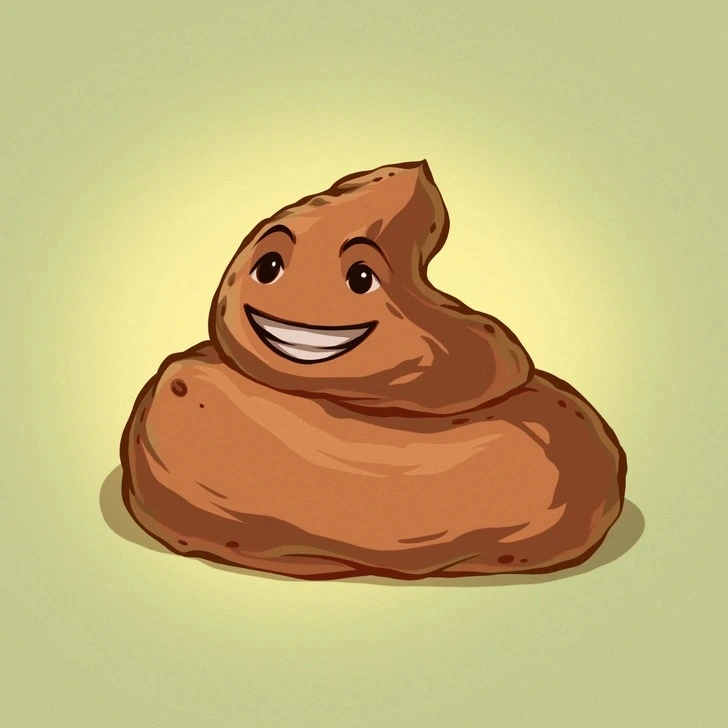
A healthy stool should be:
- Brown in color – This comes from bile and means digestion is on track.
- Smooth, soft, and sausage-shaped – It should be formed, not hard or watery.
- Mild in odor – All poop smells, but a strong, foul scent may signal trouble.
Think of this as your poop “baseline.” If you see major changes, it’s time to take note.
Video:12 Things Your Stool Says About Your Health
Green Stool: Not Always a Bad Thing
Green poop can look strange, but often it’s not serious.
Common causes include:
- Eating leafy greens (kale, spinach, etc.)
- Taking iron supplements or certain antibiotics
- Food moving too quickly through your system (from illness or stress)
If it happens occasionally, don’t sweat it. But if green stool sticks around for days and you haven’t eaten anything green, a check-up might be smart.
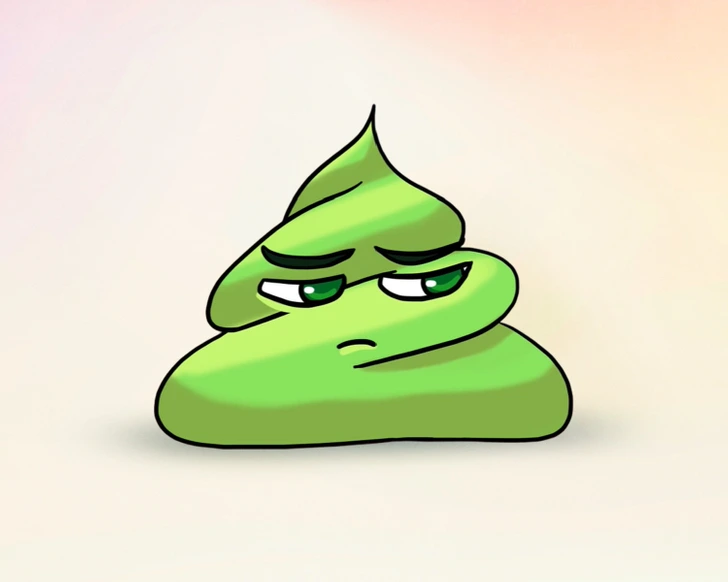
Black Poop: When You Should Pay Attention
Dark, tarry stool can be a red flag—but not always.
Harmless reasons:
- Iron supplements
- Black licorice
- Foods like blueberries or beets
Worrying signs:
- Bleeding in the upper digestive tract (like ulcers or esophageal damage)
- Chronic use of NSAIDs or alcohol
If your black stool is sticky or foul-smelling and you’re feeling dizzy or weak, it could point to internal bleeding. Don’t wait—call your doctor.

White or Clay-Colored Stool: A Bile Warning
Pale or white poop isn’t normal and usually means bile isn’t flowing like it should.
Possible causes:
- Liver problems (hepatitis, cirrhosis)
- Gallstones or bile duct blockage
- Some medications, especially barium used in medical imaging
Your liver and gallbladder are key to digestion. If bile can’t reach your gut, your stool will let you know. Seek medical advice immediately if you spot this.
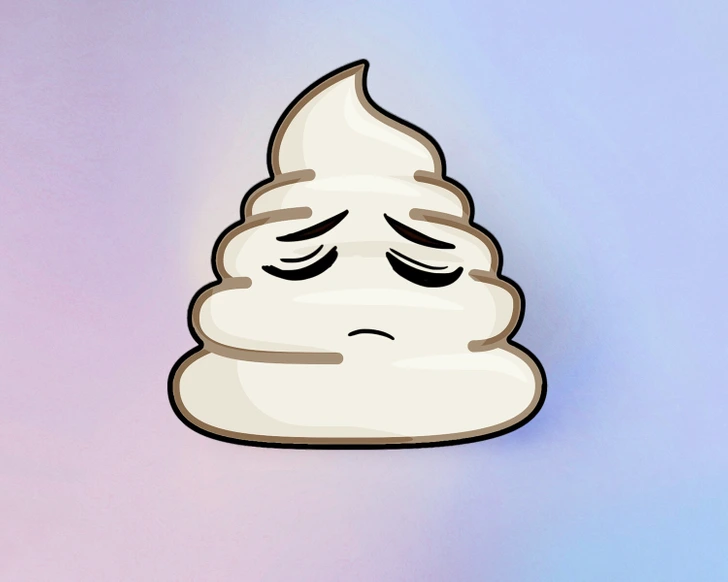
Yellow Stool: When Fat Isn’t Digested Properly
Yellow, greasy-looking stool often means your body isn’t digesting fats correctly.
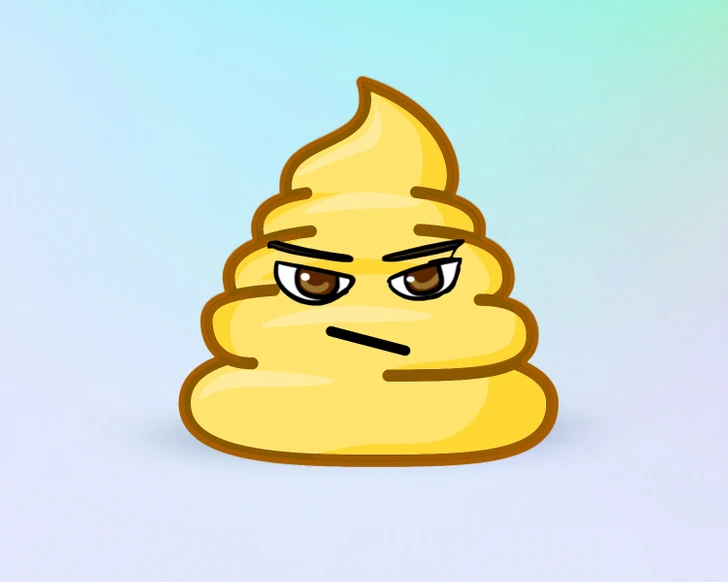
Could be caused by:
- High-fat diet
- Gallbladder or liver issues
- Pancreatic conditions like pancreatitis
- Celiac disease (gluten intolerance)
This type of poop may float, smell awful, and stick to the bowl. If it happens often, your digestive system might need support.
Video: 💩 The Color of Your Poop!
Red Stool: Food or Something More?
Bright red stool can definitely catch your attention.
Innocent causes:
- Beets
- Tomato-based sauces
- Red food coloring
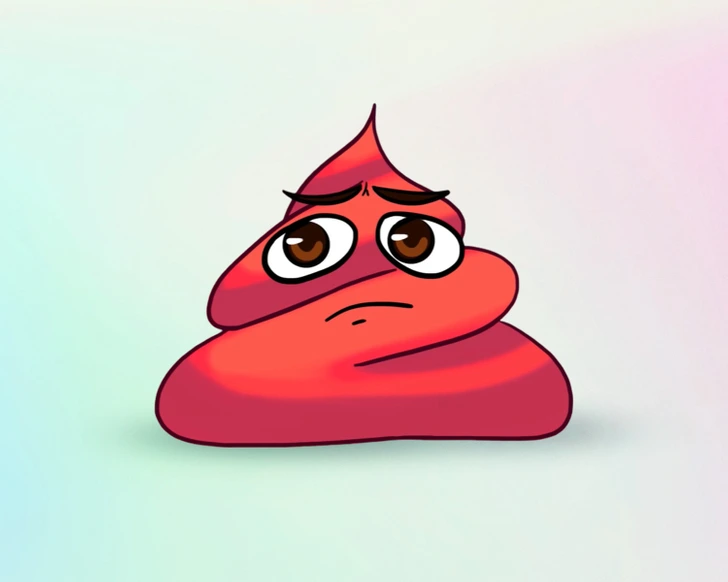
More serious causes:
- Hemorrhoids or anal fissures
- Lower GI bleeding (colon, rectum)
- Inflammatory bowel disease
If it’s more than a one-time thing and especially if you see clots or feel unwell, see a doctor fast.
Hard, Lumpy Stool: The Constipation Clue
Pellet-like or dry stool screams constipation.
What’s behind it:
- Not enough fiber
- Too little water
- Sedentary lifestyle
- Certain medications
To get things moving again, eat fiber-rich foods (fruits, veggies, whole grains), drink plenty of fluids, and get active.
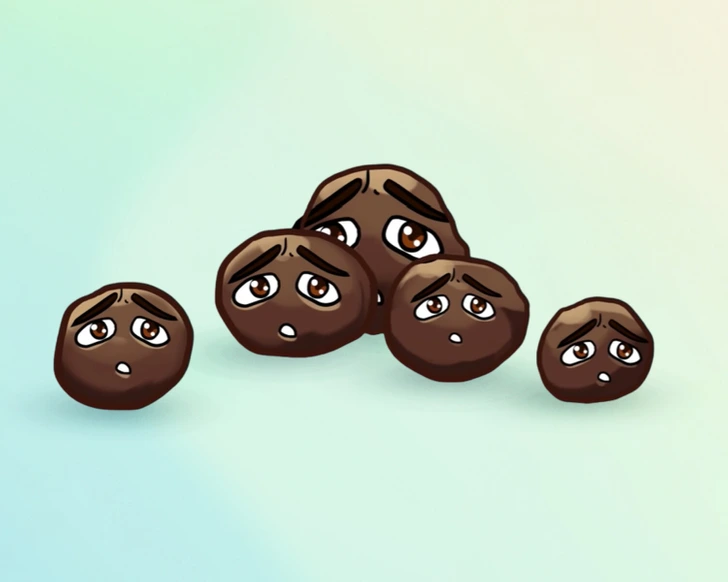
Loose, Watery Stool: When Diarrhea Takes Over
We’ve all had it—diarrhea happens. But if it sticks around, it becomes a problem.
Common causes include:
- Viral or bacterial infections
- Food intolerances (like lactose or gluten)
- Anxiety or emotional stress
Chronic diarrhea can lead to dehydration and mineral loss. If it lasts more than a couple days or includes fever, cramping, or blood, get medical attention.
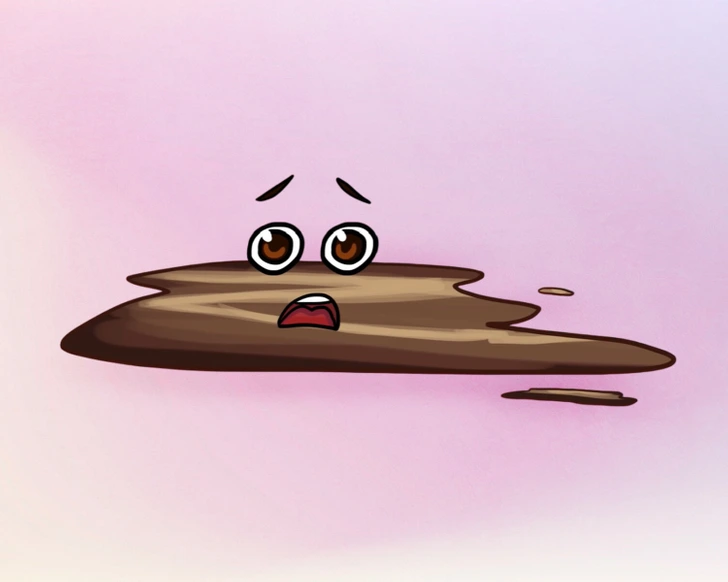
Cracked or Dry Stool: A Hydration Check
Stool that’s dry with visible cracks may mean your colon is soaking up too much water.
Likely culprits:
- Not drinking enough water
- Sluggish bowel movements
- Sitting on the toilet too long
Upping your hydration and moving more can help keep things smoother.
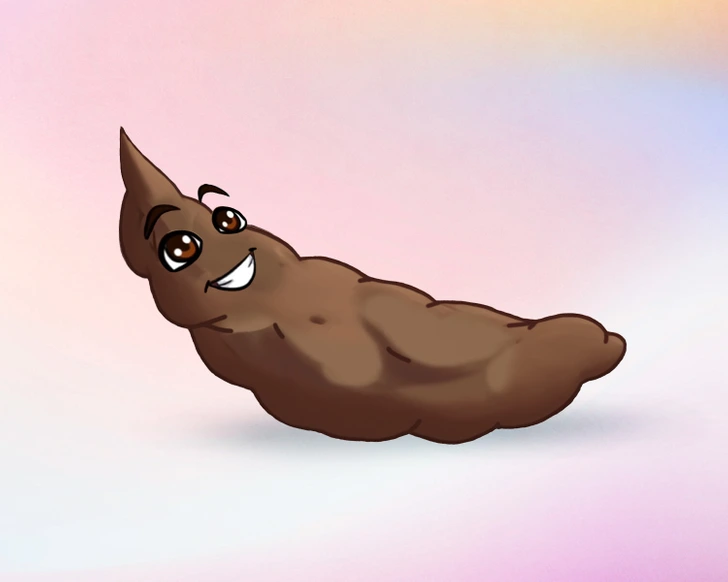
Fluffy, Ragged-Edge Poop: Early Signs of Trouble
Stool that looks soft but messy, with poorly defined edges, might indicate mild diarrhea or rapid digestion.
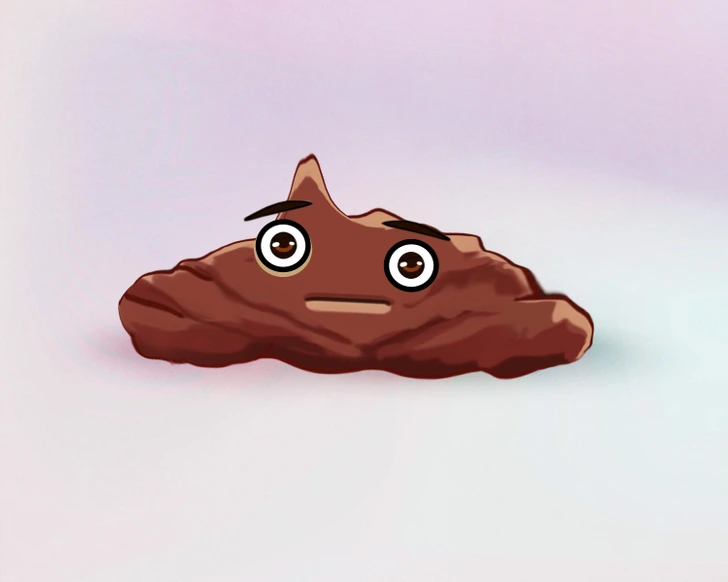
Possible causes:
- Sudden increase in fiber
- Food sensitivity
- Emotional stress
Track your meals and stress levels to figure out what’s causing it—and adjust accordingly.
Video: Is Your Gut Healthy? 💩What do Unhealthy Stools Look Like? | Healthy Body Signs | Dr Binocs Show
Mucus in Stool: Time to Investigate
Small amounts of mucus are okay, but thick or excessive mucus isn’t.
Could point to:
- Inflammatory bowel conditions like Crohn’s or ulcerative colitis
- Infections
- Colon irritation
If mucus is mixed with blood or accompanied by pain or bloating, seek medical guidance.

Thin, Ribbon-Like Stool: A Signal You Shouldn’t Ignore
Stool that’s narrow or pencil-thin may be due to colon narrowing.
Possible causes:
- Irritable bowel syndrome (IBS)
- Intestinal inflammation
- Tumors or polyps in the colon
If you see this often, don’t delay talking to a doctor. It could signal something serious that’s best caught early.
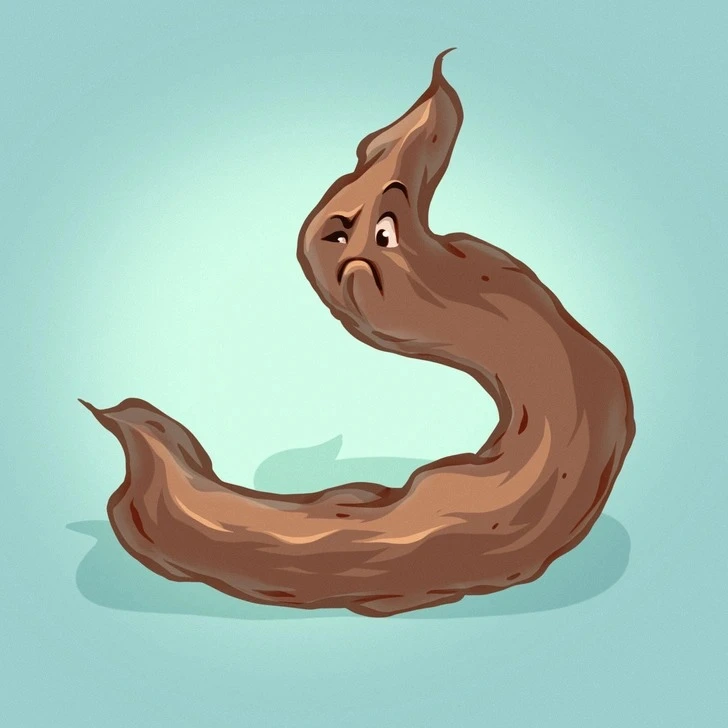
Let’s stop acting like poop is taboo. It’s one of the clearest ways your body shows you what’s going on inside. From color to shape to smell, every detail gives clues about your health.
Start noticing patterns. If something seems off and sticks around for more than a couple days, don’t play guessing games—check in with a healthcare provider. Because when it comes to your gut, what goes in might be important—but what comes out might just save your life.


